
When President Obama designated Bears Ears National Monument in December 2016, protection for the region was long overdue. Monument protection for southeast Utah had been considered since the 1930s, but it took the coordination, persistence, and sovereign status of five Native nations (the Hopi Tribe, Navajo Nation, Ute Mountain Ute Tribe, Zuni Tribe, and Ute Indian Tribe) for the Bears Ears Inter-Tribal Coalition to ultimately gain protections for 1.35 million acres of their ancestral homelands. Less than a year later, President Trump ignored overwhelming public support for Bears Ears and slashed the monument by 85 percent.
Thankfully, President Biden restored the boundaries of Bears Ears National Monument in October 2021 and included protections for an additional 12,000 acres around Indian Creek. Send a thank you note to Biden ›
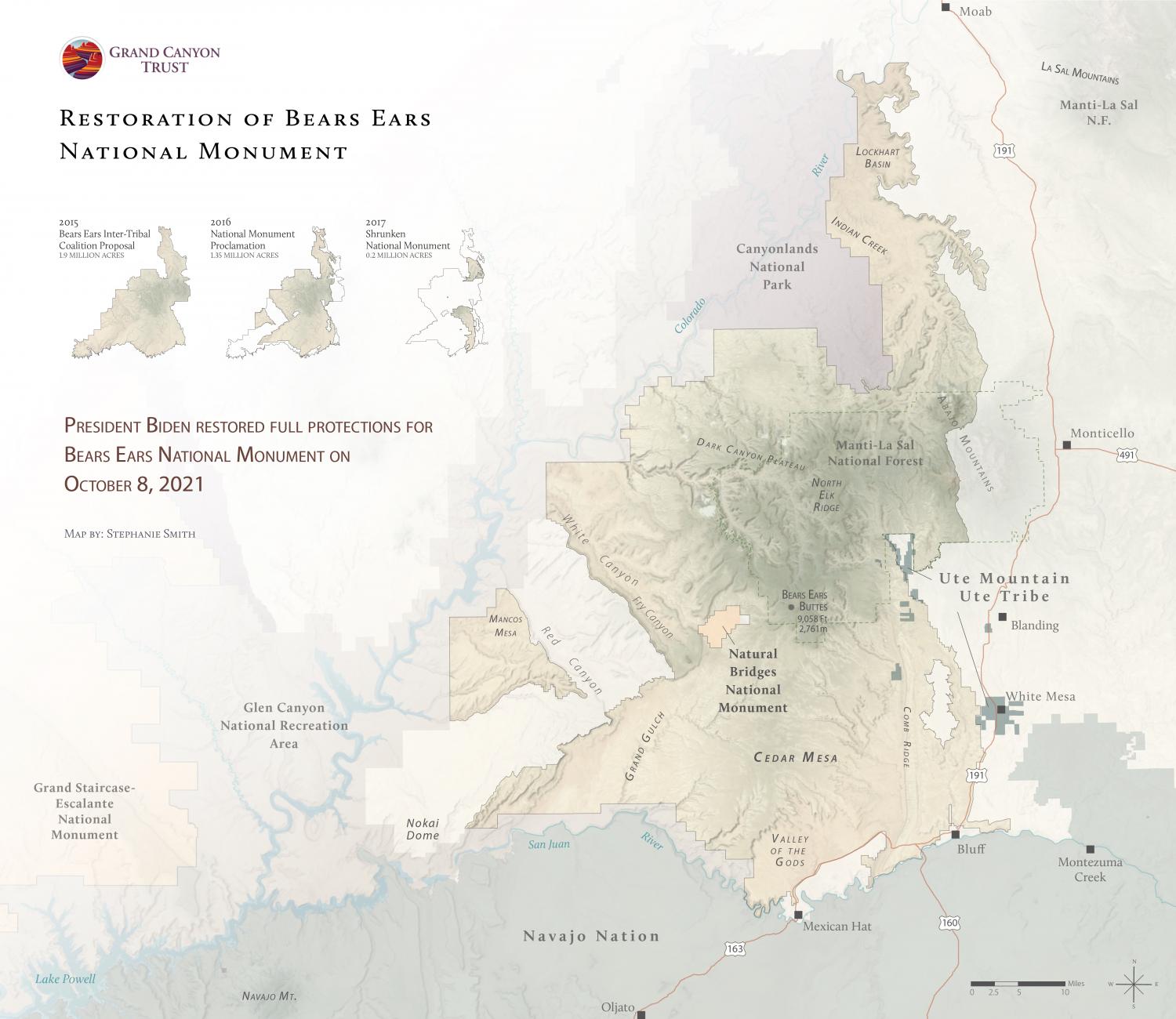
We have much to look forward to in Bears Ears — a new monument management plan and collaborative management between tribes, the Forest Service, and the Bureau of Land Management. In the meantime, we continue our work to prevent Bears Ears from becoming a radioactive dumping ground and to stop uranium mining and oil and gas drilling on monument lands.
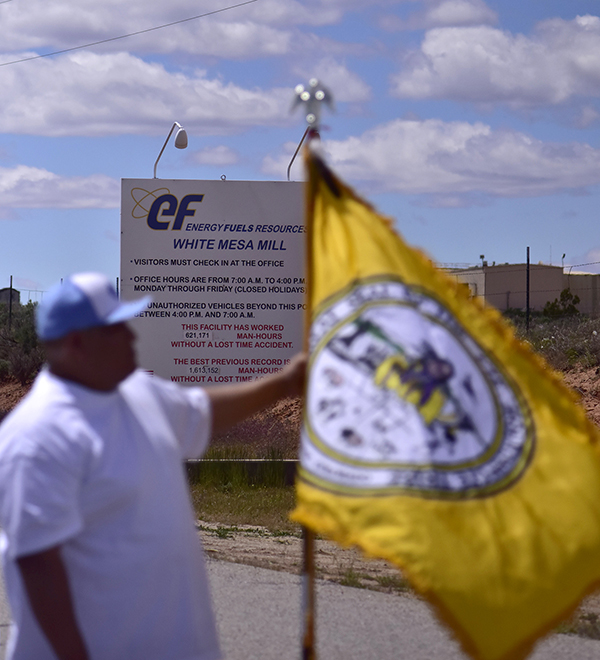
Radioactive waste produced in Estonia and Japan could soon be shipped around the globe to a uranium mill next to Bears Ears and on the doorstep of the White Mesa Ute community.
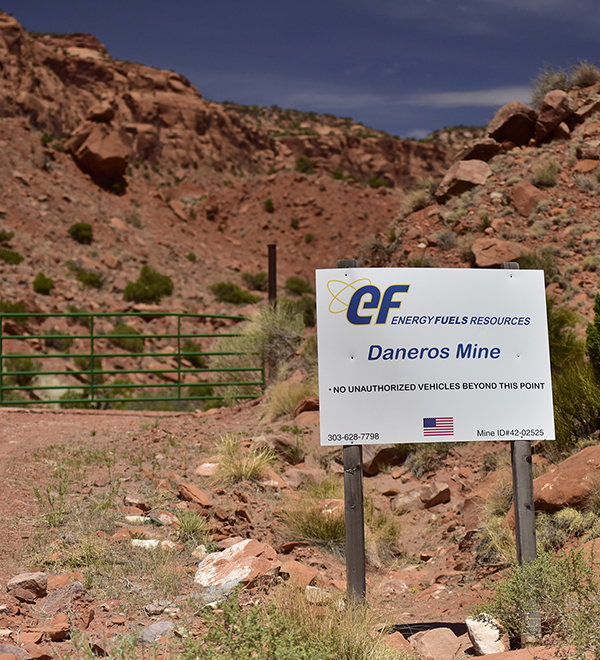
The Daneros uranium mine lies three miles from Bears Ears National Monument. Its owners are looking to expand the mine to more than 10 times its current size, increase uranium ore production by 400 percent, and extend the life of the mine by 13 years. We’re challenging the Bureau of Land Management’s decision to allow this expansion of the Daneros uranium mine without conducting an in-depth environmental review. More on the case ›
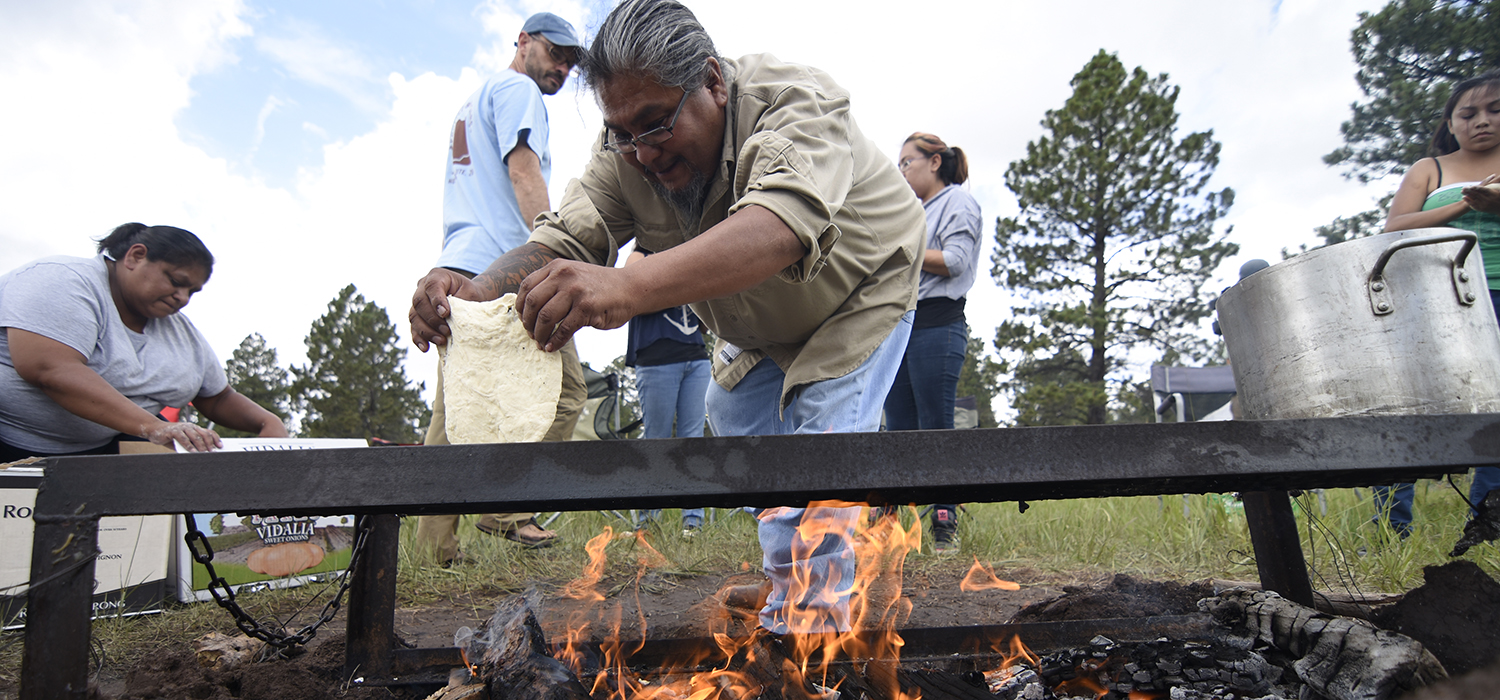
Bears Ears is a landscape of stories — they’re etched in stone, sculpted in pottery, and cemented in cliff dwellings. They also live in the hearts of modern Indigenous people whose cultural connections have spanned across the region for millennia. We have a lot to learn. It’s time to listen.
In 2015, the Bears Ears Inter-Tribal Coalition set aside their many differences and united to petition the Obama administration to protect public lands in southeastern Utah as Bears Ears National Monument. Led by the Hopi, Navajo, Ute, Ute Mountain Ute, and Zuni nations, and supported by more than 250 tribes across America, the coalition’s successful proposal marks the first Native-driven national monument campaign in history and acknowledges that tribes — and all Americans — have a shared responsibility to preserve this world treasure.
Bears Ears is a different kind of national monument — where Native American traditional knowledge is a value to be protected and a resource to be used in day-to-day land management. President Obama’s proclamation laid out a framework for an intertribal commission to inform how federal agencies manage the monument by incorporating Native American traditional knowledge and Western science. It's the strongest example of federal and intertribal collaborative management in American law. Read more about the historic designation ›
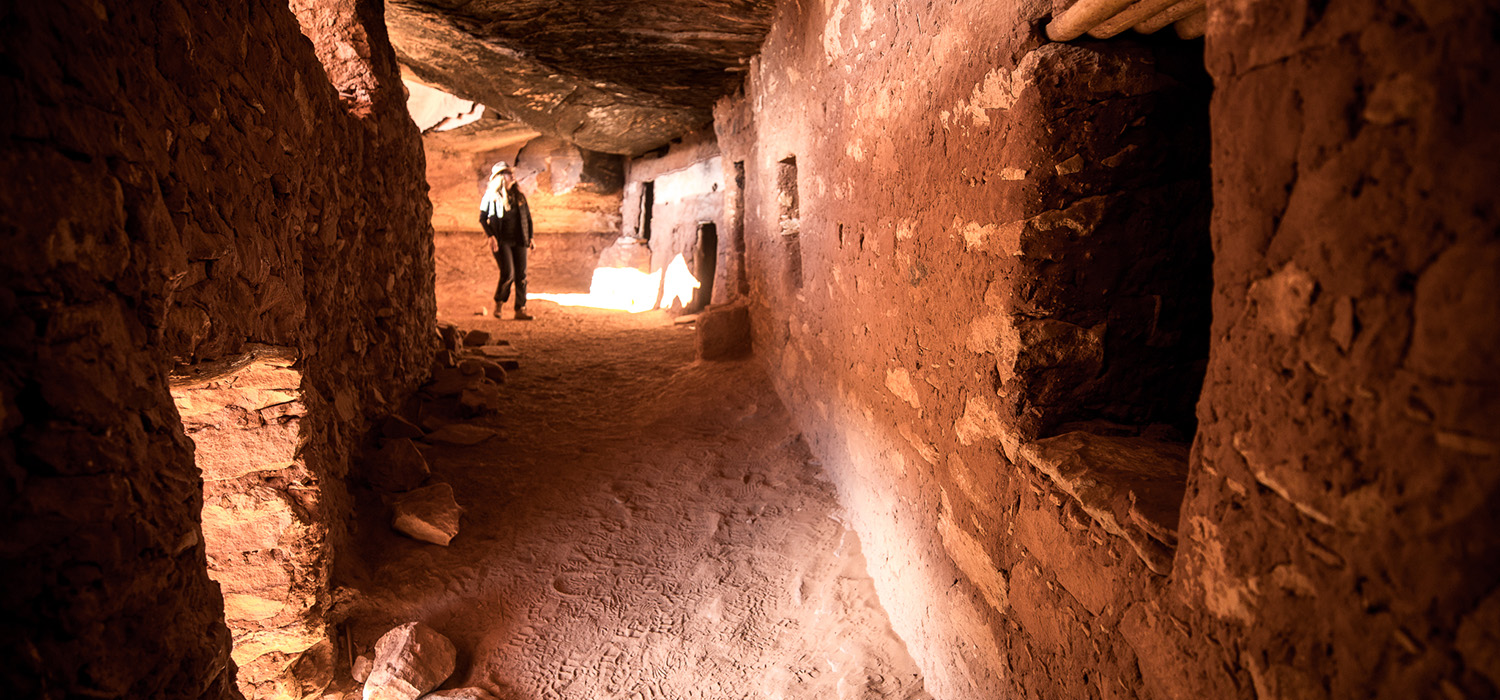
Cedar Mesa, Comb Ridge, and the Abajo Mountains offer truly unparalled opportunities to hike into rugged canyons, see archaeological sites, and enjoy solitude. See for yourself why Bears Ears deserves protection ›
Bears Ears petroglyph panels and cultural sites protected by new proposed management plan.
Read MoreA rally in Salt Lake City followed by a spiritual walk in White Mesa demonstrate the Ute community's determination to see uranium mill close.
Read MoreNative peoples have been cultivating the Four Corners potato in the American Southwest as far back as 10,000 to 11,000 years ago.
Read More